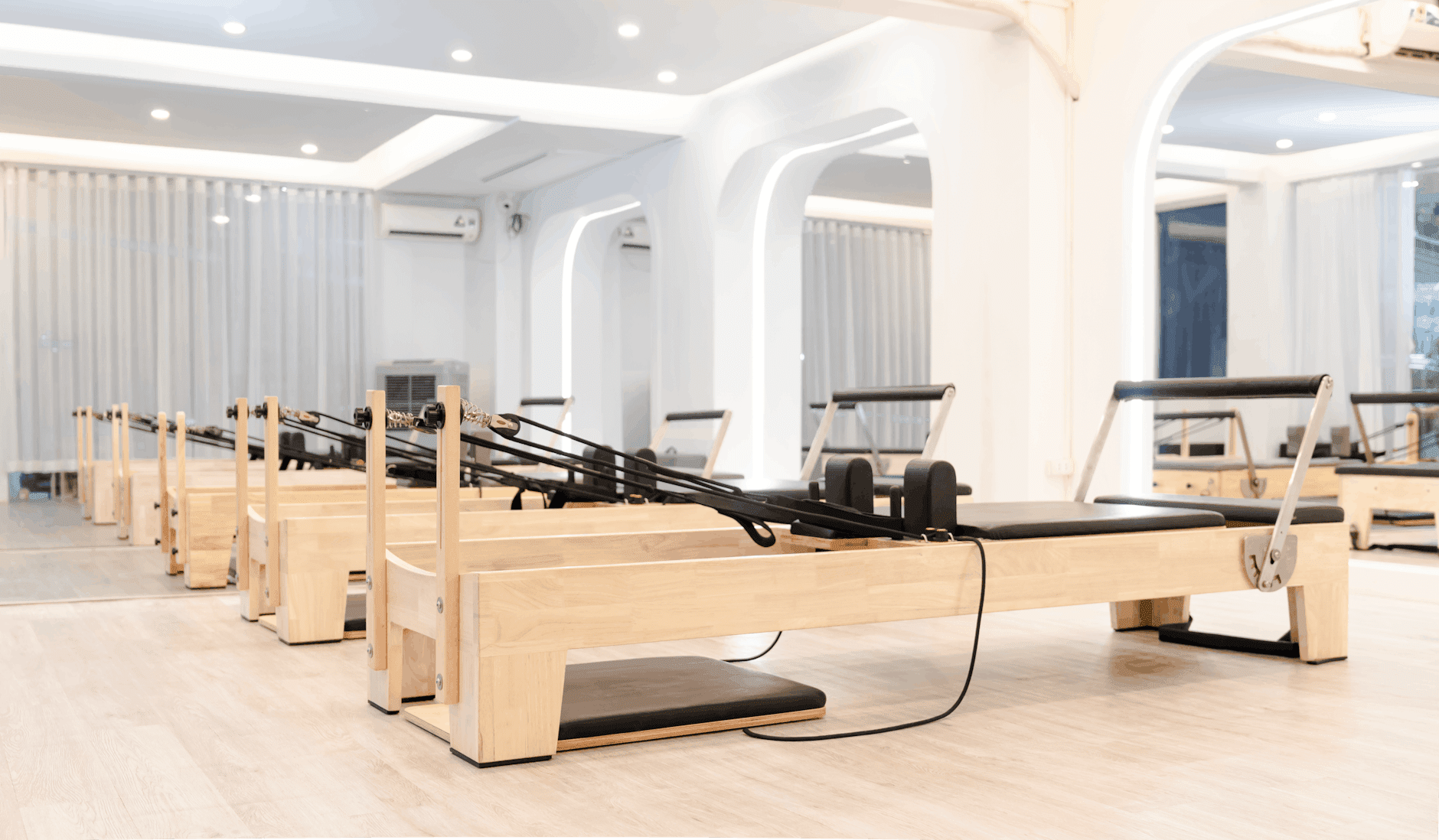Postnatal Pilates for Diastasis Recti: A Comprehensive Guide

Diastasis recti is a condition that many women face after giving birth. It involves the separation of the abdominal muscles, which can lead to various physical and aesthetic challenges. If you’re looking for effective ways to recover from this condition, postnatal pilates can provide the perfect solution. In this article, we will delve into the intricacies of postnatal pilates, how it specifically addresses diastasis recti, and the benefits it offers for new mothers.
Understanding Diastasis Recti
Diastasis recti occurs when the rectus abdominis muscles, which run down the middle of your abdomen, become weakened and separated. This situation often arises during pregnancy due to the physical changes a woman’s body undergoes. Factors contributing to diastasis recti include:
- Multiple Pregnancies: Each subsequent pregnancy can increase the risk of abdominal separation.
- Large Baby Size: Carrying a larger baby can put additional strain on the abdominal muscles.
- Age: As women age, the connective tissue may lose elasticity, making it more likely to separate during pregnancy.
Understanding how diastasis recti affects your body is crucial for developing an effective recovery plan. It not only impacts your physical appearance but can also lead to core weakness, back pain, and pelvic floor dysfunction.
Why Choose Pilates for Recovery?
Pilates is a low-impact exercise method that focuses on strengthening the core, improving flexibility, and enhancing overall body awareness. It offers several benefits for those recovering from diastasis recti:
1. Core Strengthening
Pilates incorporates a variety of exercises specifically designed to engage the deep core muscles. This is essential for anyone recovering from diastasis recti, as strengthening the core helps to bring the abdominal muscles back together and improves overall stability.
2. Improved Posture
Postnatal pilates promotes better posture by training the body to align properly. Good posture is vital for relieving strain on the back and core, which can be especially beneficial for new mothers who may spend a lot of time lifting and carrying their babies.
3. Enhanced Body Awareness
Pilates encourages mindfulness and body awareness, allowing individuals to connect with their physical capabilities and limitations. This awareness is invaluable when navigating recovery from conditions like diastasis recti.
4. Low-Impact Exercise
For those new to physical activity post-childbirth, the low-impact nature of pilates allows for a safer return to fitness, minimizing the risk of injury while still promoting muscle engagement and recovery.
The Role of Postnatal Pilates in Healing Diastasis Recti
When practicing postnatal pilates, specific exercises can target the abdominal muscles effectively. Below, we explore some vital exercises designed to assist in healing diastasis recti.
1. Pelvic Tilts
Pelvic tilts are a foundational exercise in pilates that helps activate the deep core muscles. To perform a pelvic tilt:
- Lie on your back with your knees bent and feet flat on the floor.
- Inhale to prepare, then exhale as you gently tilt your pelvis upwards, flattening your back against the mat.
- Hold for a moment, then release back to the starting position.
2. Heel Slides
Heel slides promote engagement of the core while maintaining a neutral spine:
- Lie on your back with knees bent and feet flat.
- Inhale to prepare, then slide one heel away from your body while keeping your core engaged.
- Return to the starting position and alternate legs.
3. Modified Side Plank
The side plank challenges your stability and strengthens the obliques, which are crucial for core integrity:
- Start on your side with your knees bent at a 90-degree angle.
- Engage your core and lift your hips off the ground, maintaining a straight line from your head to your knees.
- Hold the position while breathing deeply, then lower back down.
4. Cat-Cow Stretch
This exercise promotes spinal mobility and encourages engagement of the core:
- Start on all fours with your wrists beneath your shoulders and knees underneath your hips.
- As you inhale, arch your back (cow position) and lift your head.
- As you exhale, round your back (cat position) and tuck your chin.
Creating a Postnatal Pilates Routine
Developing a consistent postnatal pilates routine is essential for recovery from diastasis recti. Here’s a general structure you might consider:
1. Frequency
Engage in pilates exercises 3-4 times per week, allowing for rest days for recovery. Your body needs time to adapt and strengthen, especially after childbirth.
2. Duration
Each session can range from 20 to 45 minutes, depending on your fitness level and how your body feels. Always listen to your body.
3. Warm-Up and Cool Down
Start each session with a 5-10 minute warm-up of gentle movements to prepare your muscles and end with a cool-down focusing on stretching to maintain flexibility.
Consulting a Professional
While postnatal pilates can be highly beneficial, it is advisable to consult with a fitness professional or a physical therapist specializing in postnatal recovery and diastasis recti. They can guide you in perfecting your form and ensuring that the exercises work effectively for your specific condition.
Conclusion
In summary, postnatal pilates for diastasis recti offers a gentle yet effective pathway to recover and strengthen your core postpartum. By incorporating targeted exercises into your routine, you can help heal abdominal separation, improve your posture, and regain confidence in your body. Remember, patience is key during this journey, and your health should always come first. With dedication and the right approach, you can reclaim your strength and enjoy motherhood to the fullest.
Explore more about postnatal care and physical therapy services by visiting Hello Physio, your partner in health and wellness.
postnatal pilates diastasis recti


